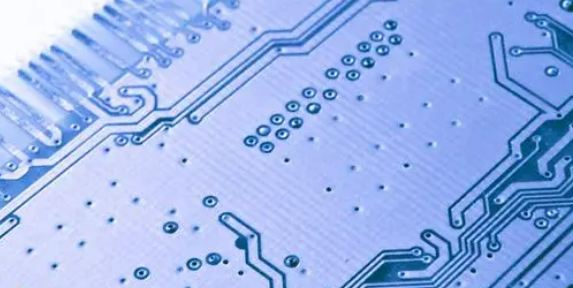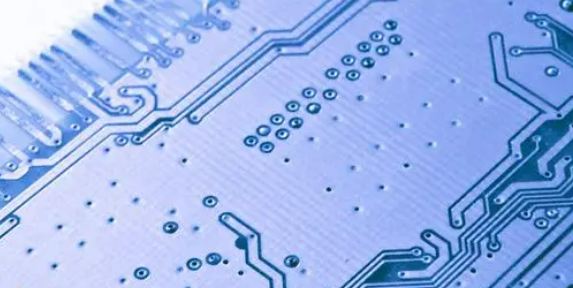
For microwave-level high-frequency circuits, each corresponding strip line on the PCB forms a microstrip line (asymmetric type) with the ground floor. For PCB with more than two layers, it can form a microstrip line or a strip line (symmetrical microstrip transmission line). Coupled microstrip lines are formed between different microstrip lines (double-sided PCB) or strip lines (multi-layer PCB), and various complex four-port networks are formed, thus forming various characteristics of microwave-level circuit PCB.
It can be seen that microstrip transmission line theory is the basis of the design of microwave high frequency circuit PCB.
▪ For RF-PCB design above 800MHz, PCB network design near antenna should follow microstrip theory (rather than just using microstrip concept as a tool to improve the performance of devices with centralized parameters). The higher the frequency, the more significant the guiding significance of microstrip theory.

▪ For the concentrated and distributed parameters of circuits, although the lower the operating frequency, the weaker the function of the distributed parameters, the distributed parameters are always present. There is no clear dividing line whether to consider the effect of distributed parameters on circuit characteristics. Therefore, the establishment of the concept of microstrip, for digital circuit and relative IF circuit PCB design, is also important.
The basic concept of microstrip theory and the concept of microwave RF circuit and PCB design is actually an application aspect of microwave double transmission line theory. For RF-PCB wiring, each adjacent signal line (including adjacent planes) is formed to follow the basic principle of double line features (this will be explained later).
▪ Although most microwave RF circuits are equipped with a ground floor on one side so that the microwave signal transmission lines tend to be a complex four-port network, which directly follows the coupled microstrip theory, the two-wire theory is the basis. Therefore, in the practical design, the two-line theory has more extensive guiding significance.
▪ For microwave circuits in general, microstrip theory is a quantitative guide, a specific application of the two-line theory, which has a broader qualitative guide.
▪ It is worth mentioning that all of the concepts presented by the two-line theory, some of which on the surface seem to have no connection with actual design work (especially digital circuits and low-frequency circuits), are actually an illusion. Two-wire theory can guide all the conceptual problems in electronic circuit design, especially PCB circuit design concept is more prominent.
Although the two-line theory is established on the premise of microwave high-frequency circuit, it is of great guiding significance only because the influence of distributed parameters in high-frequency circuit becomes significant. In digital or low - and medium-frequency circuits, distributed parameters reach the point where they can be ignored in comparison with central-parameter components, and the concept of two-line theory becomes correspondingly fuzzy.
However, how to distinguish between high frequency and low frequency circuits is often overlooked in design practice. To which category do ordinary digital logic or pulse circuits belong? The most obvious low - and medium-low frequency circuits with nonlinear components tend to exhibit certain high - frequency characteristics once certain sensitive conditions are changed. The main frequency of high-end CPU has reached 1.7GHz, far beyond the lower limit of microwave frequency, but it is still a digital circuit. Because of these uncertainties, PCB design is extremely important.
▪ In many cases, the passive components in a circuit can be equivalent to a specific specification of transmission line or microstrip line, which can be described by the dual transmission line theory and its related parameters.
In short, it can be considered that the dual transmission line theory is born on the basis of synthesizing all the characteristics of electronic circuits. Therefore, in a strict sense, if every step of the design in practice is first based on the concepts embodied in the dual-transmission line theory, then the corresponding PCB circuit will face fewer problems (no matter what working conditions the circuit is applied in).









